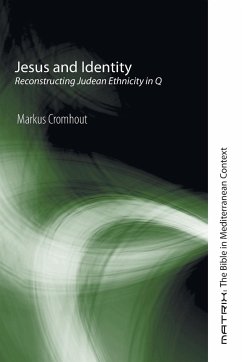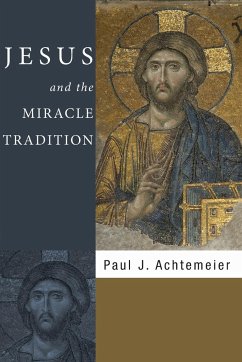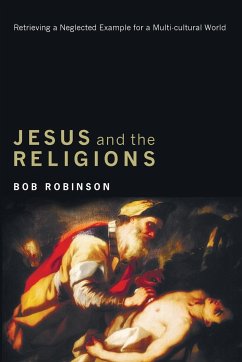Historical Jesus research remains trapped in the positivistic historiographical framework from which it emerged more than a hundred and fifty years ago. This is confirmed by the nested assumptions shared by the majority of researchers. These include the idea that a historical figure could not have been like the Gospel portrayals and consequently the Gospels have developed in a linear and layered fashion from the authentic kernels to the elaborated literary constructions as they are known today. The aim of historical Jesus research, therefore, is to identify the authentic material from which the historical figure as a social type underneath the overlay is constructed. Anthropological historiography offers an alternative framework for dealing with Jesus of Nazareth as a social personage fully embedded in a first-century Mediterranean worldview and the Gospels as cultural artifacts related to this figure. The shamanic complex can account for the cultural processes and dynamics related to his social personage. This cross-cultural model represents a religious pattern that refers to a family of features for describing those religious entrepreneurs who, based on regular Altered State of Consciousness experiences, perform a specific set of social functions in their communities. This model accounts for the wide spectrum of the data ascribed to Jesus of Nazareth while it offers a coherent framework for constructing the historical Jesus as a social personage embedded in his worldview. As a Galilean shamanic figure Jesus typically performed healings and exorcisms, he controlled the spirits while he also acted as prophet, teacher and mediator of divine knowledge.
Hinweis: Dieser Artikel kann nur an eine deutsche Lieferadresse ausgeliefert werden.
Hinweis: Dieser Artikel kann nur an eine deutsche Lieferadresse ausgeliefert werden.








